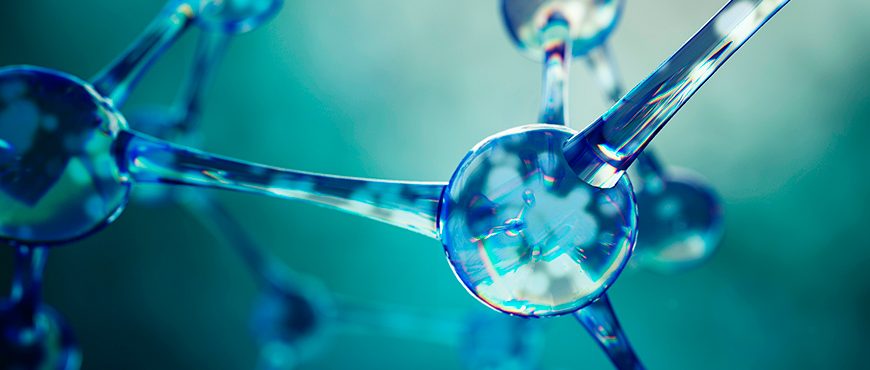History

Ozone therapy has been found to be useful in several ways in medicine. When it was first used more than 150 years ago, it was to disinfect and treat diseases. During the First World War, its application to wounds showed not only its ability to disinfect but also to aid blood flow and produce anti-inflammatory effects. Later, it was found to be a useful treatment for people with HIV before pharmaceutical medication was available.
Inactivation of bacteria, viruses, fungi, yeast and protozoa
Ozone disrupts the integrity of the bacterial cell envelope through oxidation of the phospholipids and lipoproteins. In fungi, ozone inhibits cell growth at certain stages. With viruses, the ozone damages the viral capsid and disrupts the reproductive cycle by disrupting the virus-to-cell contact with peroxidation. The weak enzyme coatings on cells which make them vulnerable to invasion by viruses make them susceptible to oxidation and elimination from the body, which then replaces them with healthy cells.
Enhancement of circulation
In circulatory disease, a clumping of red blood cells hinders blood flow through the small capillaries and decreases oxygen absorption due to reduced surface area. Ozone reduces or eliminates clumping and red cell flexibility is restored, along with oxygen carrying ability. Oxygenation of the tissues increases as the arterial partial pressure increases and viscosity decreases. Ozone also oxidizes the plaque in arteries, allowing the removal of the breakdown products, unclogging the blood vessels.
Stimulation of oxygen metabolism
Ozone causes an increase in the red blood cell glycolysis rate. This leads to the stimulation of 2,3-diphosphoglycerate (2,3-DPG) which leads to an increase in the amount of oxygen released to the tissues. There is a stimulation of the production of the enzymes which act as free radical scavengers and cell wall protectors: glutathione peroxidase, catalase, and superoxide dismutase. Ozone activates the Krebs cycle by enhancing oxidative carboxylation of pyruvate, stimulating production of ATP. Ozone also causes a significant reduction in NADH and helps to oxidize cytochrome C. Prostacyclin, a vasodilator, is also induced by ozone.
Formation of peroxides
Ozone reacts with the unsaturated fatty acids of the lipid layer in cellular membranes, forming hydro peroxides. There is a synergistic effect with cellular- formed H2O2. Lipid peroxidation products include alkoxyl and peroxyl radicals, singlet oxygen, ozonides, carbonides, carbonyls, alkanes and alkenes.
Dissolution of malignant tumors
Ozone inhibits tumor metabolism. In addition, ozone oxidizes the outer lipid layer of malignant cells and destroys them through cell lysis (break-down). Phagocytes produce H2O2 and hydroxyl to kill bacteria and viruses. The generation of hydroxyl by killer cells is critical to their cytotoxic capability. Ozone stimulates conversion of L- arginine to citrulline, nitrite and nitrate by phagocytes, acting on tumors.

History extracted from: Medical News Today
Source: What is Ozone Therapy (https://www.medicalnewstoday.com/articles/320759.php)

